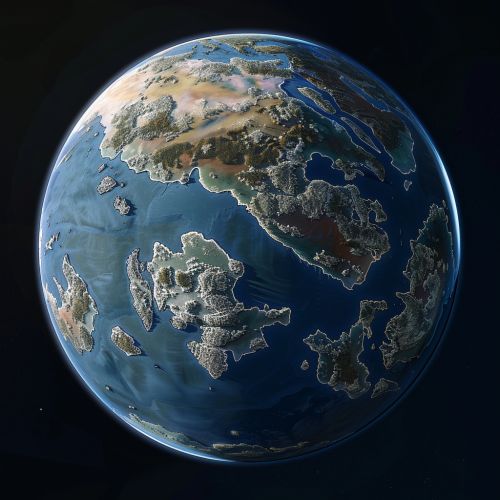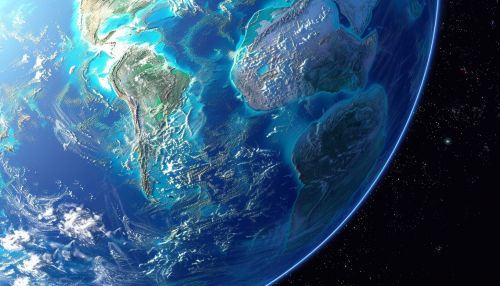Permian Period
Introduction
The Permian Period is the final period of the Paleozoic Era, spanning from around 299 to 252 million years ago. It is characterized by the formation of the supercontinent Pangaea and the evolution of various terrestrial and marine life forms. The period ended with the largest mass extinction event in Earth's history, known as the Permian-Triassic extinction event.
Geology
During the Permian Period, all the Earth's major land masses came together to form the supercontinent Pangaea. This had significant effects on the planet's climate and sea levels. The interior of the supercontinent was arid and dry, with extreme temperature variations between day and night. The formation of Pangaea also led to the creation of the Panthalassa ocean, which surrounded the supercontinent.


Climate
The climate of the Permian Period was greatly influenced by the formation of Pangaea. The vast landmass resulted in a predominantly arid and continental climate, with extreme seasonal variations. The interior regions of Pangaea experienced hot summers and cold winters, while the coastal regions had a more temperate climate.
Flora
The Permian Period saw the evolution of several new plant species. The dominant vegetation included seed-bearing plants such as gymnosperms, and fern-like plants known as pteridophytes. The dry interior of Pangaea was populated by gymnosperms, which were better adapted to arid conditions.
Fauna
The Permian Period was marked by a significant diversification of both terrestrial and marine life. On land, the first true amniotes – reptiles, birds, and mammals – appeared. In the oceans, brachiopods, ammonoids, and corals were prevalent. However, the end of the Permian Period saw a massive extinction event that wiped out nearly 90% of all marine species and 70% of terrestrial species.
Permian-Triassic Extinction Event
The Permian Period ended with the most severe extinction event in Earth's history, often referred to as "The Great Dying". This event resulted in the extinction of approximately 96% of marine species and 70% of terrestrial vertebrate species. The exact cause of this extinction event is still a topic of ongoing scientific research, with theories ranging from massive volcanic eruptions to the impact of a large asteroid or comet.
Conclusion
The Permian Period was a time of significant geological and biological changes on Earth. The formation of the supercontinent Pangaea and the evolution of new life forms set the stage for the Mesozoic Era, also known as the Age of Dinosaurs. However, the period ended with a catastrophic extinction event that reshaped the course of life on Earth.
